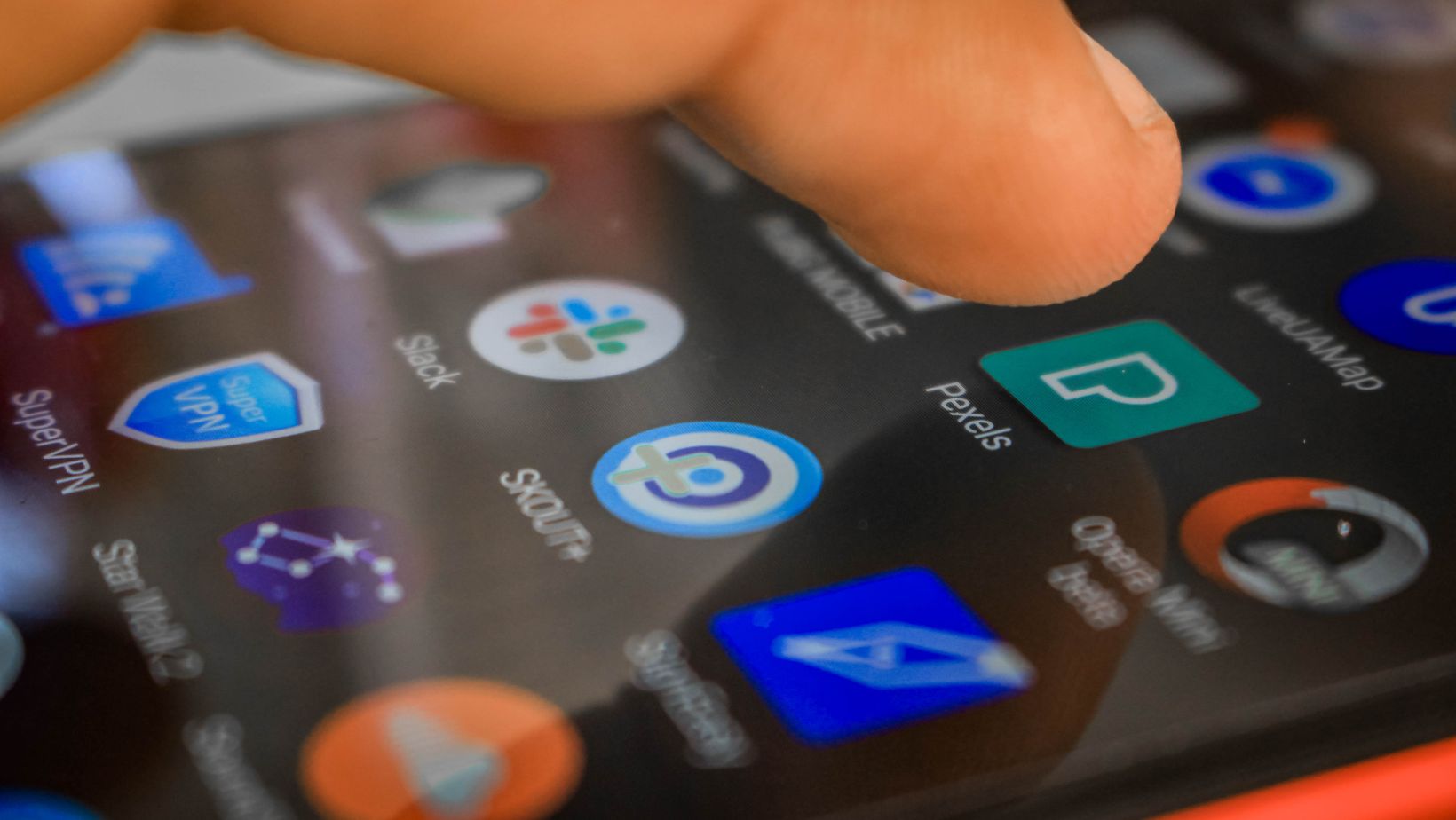86% of the world’s population now carries a powerful gaming device in their pocket. That’s more people than have access to clean drinking water or basic sanitation. Our smartphones have evolved from simple communication tools into sophisticated entertainment hubs that have drastically altered how we interact with digital content.
Remember when gaming meant being tethered to a desk or television? Those days feel increasingly distant. The transformation from bulky desktop setups to mobile gaming hasn’t just been about convenience – it’s changed the entire gaming ecosystem. Take popular platforms like the Betway app, which exemplify how sophisticated gaming experiences have been seamlessly adapted for our smartphones. Placing a bet and watching the result come in live is now commonplace.
What’s truly fascinating is how this shift represents more than just a change in hardware preferences. We’re witnessing a fundamental transformation in entertainment consumption patterns. Mobile gaming has democratized access to interactive entertainment, breaking down traditional barriers of entry and creating new possibilities for social connection through play.
This seismic shift in gaming habits reflects broader changes in our digital behavior. As we explore the depth of this transformation, you’ll discover how mobile gaming has reshaped not just how we play, but how we spend our leisure time, connect with others, and even define entertainment itself.
Gaming’s great migration
Let’s consider something remarkable: mobile gaming revenue is set to reach a staggering $105.7 billion this year, a figure that would have seemed impossible just a decade ago. This isn’t just about casual games anymore – we’re seeing a complete transformation in how people engage with digital entertainment.
When 70% of online betting now happens through mobile devices, we’re witnessing more than just a trend – it’s a fundamental shift in user behavior. Think about your own daily interactions with your smartphone. The seamless transition between checking emails, scrolling social media, and launching a game has become second nature.
This migration to mobile platforms hasn’t happened by chance. The technological leap in smartphone capabilities has been extraordinary. Modern phones pack more processing power than the computers that sent humans to the moon, and 5G networks have eliminated the latency issues that once plagued mobile gaming. These advances haven’t just matched traditional gaming platforms – in many ways, they’ve surpassed them.
Traditional gaming consoles and PCs aren’t disappearing, but they’re certainly feeling the pressure. The convenience of mobile gaming has created new expectations among users. Why wait to get home to play when you can jump into a game during your commute? This shift has forced traditional platforms to adapt, leading to hybrid devices and cross-platform experiences that blur the lines between mobile and conventional gaming.
A world in your palm
The global adoption of mobile gaming reveals fascinating regional patterns that tell us much about cultural preferences and technological infrastructure. Take Kenya, where an astounding 88% of all betting activities occur on mobile devices – a rate that surpasses many developed nations. This isn’t just about technology; it’s about how mobile platforms have become the primary gateway to digital experiences in regions that largely skipped the desktop computing era.
Looking westward, Europe presents a different picture. While the continent’s mobile gaming market is projected to claim 61.5% of the total gaming share by 2026, adoption rates vary significantly between countries. These variations often reflect local regulatory frameworks and cultural attitudes toward gaming. Some nations embrace mobile gaming wholeheartedly, while others maintain stricter controls that shape how their populations engage with mobile platforms.
The United States offers yet another perspective, with 94.4% of millennials owning smartphones and showing distinctive usage patterns. This near-universal adoption among younger Americans has created a unique gaming ecosystem where mobile platforms serve as both primary gaming devices and social spaces. Yet, regulatory frameworks vary state by state, creating a patchwork of opportunities and restrictions that directly influence gaming behaviors.
What’s particularly intriguing is how these regional differences shape game development and marketing strategies. Developers must navigate complex regulatory landscapes while adapting to local preferences and cultural norms. The result is a rich tapestry of gaming experiences that reflect the diverse ways we interact with mobile technology across the globe.
Tomorrow’s game
The trajectory of mobile gaming extends far beyond mere numbers, yet the figures tell an compelling story: our gaming community will expand to 1.9 billion users by 2027, with steady growth at 6.06% CAGR. This expansion isn’t just about quantity – it’s about how we’ll play tomorrow’s games.
5G technology, as we’ve mentioned, has drastically changed our gaming experience, delivering lightning-fast speeds and minimal latency that make competitive play feel instantaneous. You’ll notice this transformation most prominently in multiplayer environments, where split-second decisions determine victory or defeat. The boundaries between mobile and console gaming continue to blur, creating a seamless gaming ecosystem that adapts to your lifestyle.
We stand at the threshold of a gaming revolution where mobile platforms aren’t just alternatives to traditional gaming – they’re leading the charge. The projected increase in user penetration from 22.5% to 23.3% suggests steady mainstream adoption, but numbers only tell part of the story.
What’s truly exciting is how mobile gaming continues to reshape our digital entertainment landscape, creating experiences that seamlessly blend with our daily lives while pushing technological boundaries further than ever before.




More Stories
Why Sweeps Casino Players Love Promo Codes
Civiliden LL5540 PC: Unleash Gaming Power with Stunning Design & Performance
New Software RCSDASSK: Revolutionizing Productivity with Task Automation and Collaboration